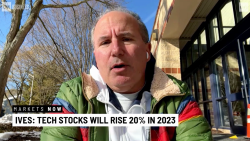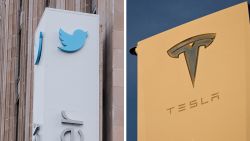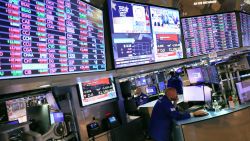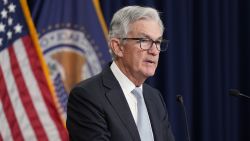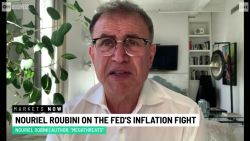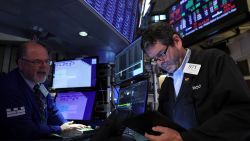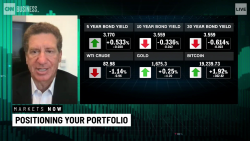Few people on Wall Street remember the last time the stock market had this tough of a December. That’s because the Dow and S&P 500 are currently on track for their biggest December loss since the Great Depression.
The Dow and S&P 500 were each down about 7.8% through Monday. That’s the largest drop for each key market barometer since 1931, according to data from LPL Research. But those Depression-era losses were much bigger: the S&P 500 plunged 14.5% while the Dow plunged 17%.
Still, the December 2018 swoon is making investors nervous that earnings growth may have peaked this year. They’re worried that the economy could slow in 2019 because of continued trade tensions with China and rate hikes by the Federal Reserve.
The Dow and S&P 500 are both in the red for the year, putting stocks on track to have their worst annual loss since the 2008 Great Recession — and first annual loss since 2015.
But investors can still hope that the markets will turn around in the month’s (and year’s) final days.
December is usually a very solid month for the market. Professional money managers tend to buy top-performing stocks to make their portfolios look good — a phenomenon known as window dressing.
There’s also the somewhat mysterious Santa Claus rally effect. The market tends to do well in the final week of the year, which some chalk up to light trading volume with so many people off for the Christmas holiday.
But volatility remains. Stocks got off to a promising start Tuesday morning but the Dow, S&P 500 and Nasdaq had all turned lower in late afternoon trading. They staged a rally into the close to end the day flat to modestly higher.
What it means
For a president who has so often used the stock market as a personal poll, this next statistic is perhaps most galling: The Dow is 1,000 points lower than when President Donald Trump signed tax reform into law exactly one year ago.
That’s a shock for stock market investors who over the past decade have become used to winning. In seven of the past nine years, the S&P 500 has boasted double-digit returns. Last year, the S&P 500 returned 22%.
The economy is strong and the jobless rate at the lowest in a generation. So what’s wrong?
The view among investors is 2018 was a year of peak earnings and growth that can’t last. The sugar rush of the corporate tax cuts will fade. The trade war with China is raising costs for business. And most importantly, interest rates are rising. The Fed is widely expected to raise interest rates for a fourth time this year to keep a strong US economy from overheating.
Remember, interest rates after the financial crisis a decade ago were kept at near zero to resuscitate the economy. Now that the economy is healed and strong, the Fed is raising rates back to a more neutral policy. Raising them too much or too quickly could thwart the expansion.
At the same time, signs of slowing growth are popping up from China to Germany.
“There’s a fear of weaker economic growth virtually everywhere, as the world emerges from quantitative easing and confronts tighter monetary policy,” says Greg Valliere, political economist at Horizon Investments. “That, in a nutshell, is the greatest concern.”
CNN’s Matt Egan contributed to this report.




